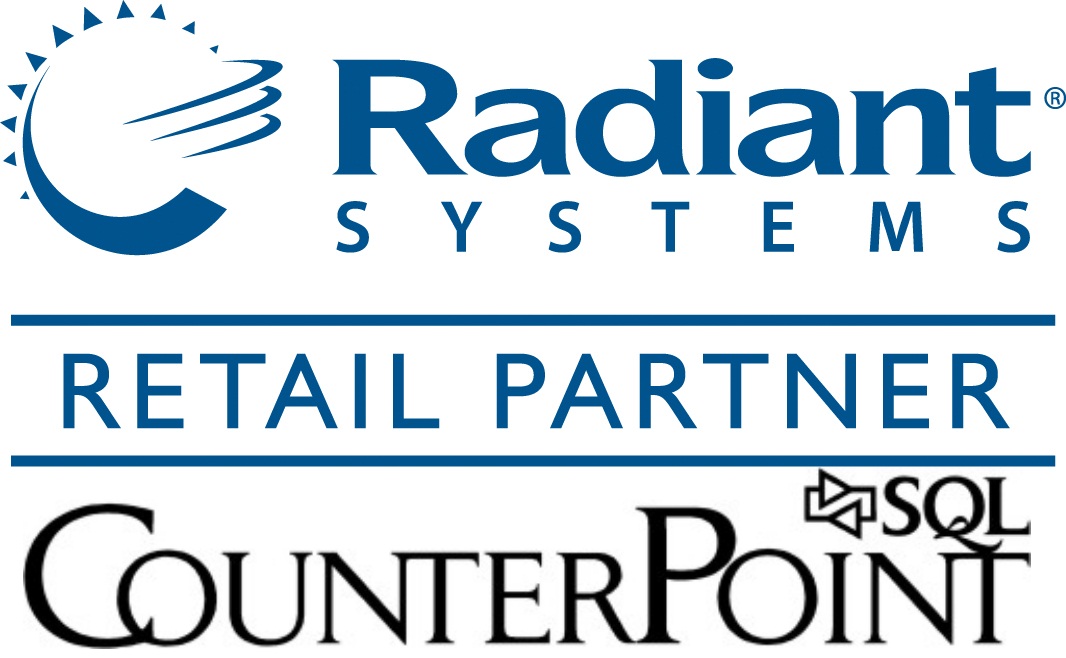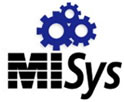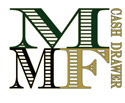|
Barcode Scanners: Laser Scanners: They use a single laser beam to read the bardcode. The laser reflects off the surface and is read by the scanner. All laser barcode scanners emit a single laser that if nothing was done would appear as a single dot. But there is a rotating mirror inside the scanner to move the
A basic lasers can scan up to 10-12 inches from the product. Some long range models can scan a distance of several yards (warehouse use). Laser scanners will read a barcode on a severely rounded product (diameter of a dime) better. Laser barcode scanners weakness is that they are partly mechanical. The rotating mirror will eventually where out and is prone to damage if dropped. A good scanner will usually last at least 5 years. CCD Scanners: These are growing quickly in popularity. These use the same technology as digital cameras and cell phone cameras. When first developed, they lacked the ability to scan from a distance. They were referred to as contact scanners because you needed to place the scanner on or very close to the barcode to scan. They are now vastly improved. You can hold the scanner 8-10 inches away from the product and get fast first time scans. A major advantage in CCD is there are no moving parts. They can last for many years and are more resistant to drops. They can even scann a barcode on the screen of a smart phone. They have apps to load your phone with coupons and loyalty card barcodes. These are now the most common scanner sold. Things to consider when purchasing a barcode scanner. Aggressive – This refers to the ability of the scanner to get fast first time scans. You’ve seen those scanners where the clerk attempts to scan the barcode 4 or 5 times before it is read. While other scanners just seem to scan barcodes effortlessly. Omni directional – can read a barcode in any orientation. Think grocery store scanner. These can be in-counter or hand held scanners. They can be useful in high volume retail. To have it all, omni directional and aggressive can put the scanner on the higher end of the price scale. Targeting – This is the ability to ‘aim’ at a specific barcode. You sometimes see products where the product number, serial number, and lot number barcodes are all bunched together. Omni directional scanners will read all the barcodes without being able to distinguish between them. While a single line laser and some CCD scanners have a projected indicator so you can aim the scanner at the proper barcode. There are some dual imaging scanners that have both single line and omni directional on the same scanner. Good scan indicator – Most scanners will beep after a good scan. This tells you the scanner has read the barcode successfully. This means you don’t need to keep looking at your screen to verify a good scan. But in noisy environments this beep may go unheard. Or in quiet environments this beep may be annoying. Some scanners have a visual ‘good read’ indicator. Some have an LED on the scanner itself or the one I like is the Green dot projected on the barcode with a good scan. This is where your eye is looking, not at the scanner. So this indicator is easy to see and is not affected by the noise around you. Type of barcode to be read – There are more barcode types or symbologies as they are called, then you might imagine. UPC-A, UPC-E, Code 39, Interleaved 2 of 5, 3-D, PDF417…. About 300 believe it or not. They come in a few general classes.
What’s in the barcode. In retail most often the barcode only contains a product number or serial number. Except for price embedded barcodes (The kind on meat in the grocery store), no pricing information is stored. Price embedded barcodes are used where every package sells for a different amount because the quantity varies. No two turkeys weigh the exact amount, but each turkey sells for the same per-pound price. So the weight or price may be embedded along with the product number. Potentially anything can be stored in a barcode. What is stored in the barcode will determine the best barcode to use. Some barcode types can only contain numbers. Some, only numbers and upper case letters. While others can contain any alphanumeric or symbol in the barcode. |
|||||||||||||||||||||||
|
||||||||||||||||||||||||
Copyright - 2008 |
||||||||||||||||||||||||

 laserbeam back and forth. (Think of the Cylons from Battlestar Galactica TV show). It moves so fast you see it as a single line. This works quite well. The only condition is the laser must pass through the
laserbeam back and forth. (Think of the Cylons from Battlestar Galactica TV show). It moves so fast you see it as a single line. This works quite well. The only condition is the laser must pass through the  barcode. So you may need to rotate the product or scanner to read the barcode. Also single line laser scanners cannot read 2-D barcodes. You’ve seen these on UPS packages.
barcode. So you may need to rotate the product or scanner to read the barcode. Also single line laser scanners cannot read 2-D barcodes. You’ve seen these on UPS packages.  Other laser scanners have a fancier rotating mirror so that the laser looks like a pattern of crisscrossing lines. The advantage in this system is you can read the barcode regardless of orientation. You don’t need to rotate the product or scanner so read the barcode.
Other laser scanners have a fancier rotating mirror so that the laser looks like a pattern of crisscrossing lines. The advantage in this system is you can read the barcode regardless of orientation. You don’t need to rotate the product or scanner so read the barcode. 2-D barcodes. These barcodes store information not just horizontally but vertically as well. This type of barcode can store more information in it. This type of barcode may be useful to store an entire shipping address. These are not used much in retail. They are more popular in shipping or warehouse operations. If you need to read this type of barcode, verify your scanner supports it.
2-D barcodes. These barcodes store information not just horizontally but vertically as well. This type of barcode can store more information in it. This type of barcode may be useful to store an entire shipping address. These are not used much in retail. They are more popular in shipping or warehouse operations. If you need to read this type of barcode, verify your scanner supports it. 3-D barcodes. This type of barcode uses a third element to encode information. There are (bumpy barcode) that use the height to encode information. They are also developing color as a third element. These can only be read by barcode scanners specifically designed for 3D.
3-D barcodes. This type of barcode uses a third element to encode information. There are (bumpy barcode) that use the height to encode information. They are also developing color as a third element. These can only be read by barcode scanners specifically designed for 3D.









